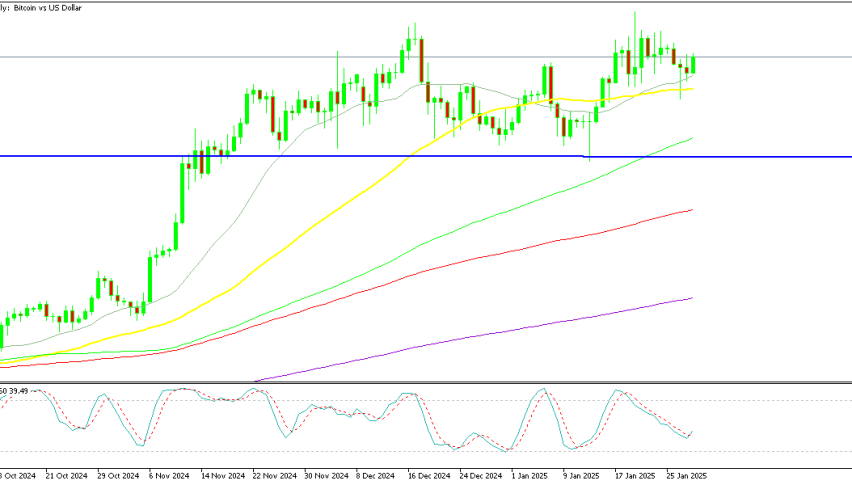Another Weak US Jobs Report from Unemployment Claims
US employment has shown resilience since the onset of the pandemic, bolstering the economy despite the Federal Reserve’s persistent high interest rates. However, the trend in 2024 has seen some declines, prompting anticipation among traders and investors that the Fed might initiate rate cuts to stimulate growth. This expectation has contributed to keeping the USD relatively weak in recent months.

Positive NFP Employment Details
The recent Non-Farm Payrolls (NFP) report and the Conference Board’s Employment Trends Index indicated a potential recovery in employment, contrasting with earlier declines this year. Yet, following yesterday’s Federal Open Market Committee (FOMC) policy meeting, the likelihood of rate cuts now appears improbable. The Fed’s decision to maintain its current stance has tempered expectations for monetary easing, influencing market sentiment and potentially supporting the USD. One of the significant factors driving the positive NFP outcome was the notable increase in average hourly earnings.
Negative NFP Employment Details
Economists at The Conference Board, highlighted that while May’s increase in employment signals potential growth, the Employment Trends Index (ETI) has shown a downward trend since March 2022, suggesting a slowdown in hiring momentum. Despite the positive NFP report on Friday, which surprised the markets with stronger-than-expected data, the unemployment rate edged higher to a new cycle high of 4.0%.
However, the labor force participation rate dipped slightly from 62.7% to 62.5%, with the largest declines seen in the 20-24 age group, likely due to the transition from school to summer activities.
In contrast, the prime age labor force participation rate reached a new cycle high of 83.6%, which is generally seen as a positive indicator. Despite these positives, full-time employment has been declining, a typical trend when the economy enters or is on the verge of a recession. Concurrently, there has been an increase in part-time employment for economic reasons, indicating challenges in securing full-time positions, which could signal economic headwinds ahead.
US Unemployment Claims for the Week Ending June 10th
- Initial jobless claims for the week ending June 8 were 242,000, higher than the expected 220,000 and the prior week’s 229,000. This marks the highest level since August 2023.
- The 4-week moving average of initial claims increased to 227,000 from the previous week’s 222,500.
- Continuing claims for the week ending June 1 were 1.820 million, exceeding the forecast of 1.798 million and up from the revised prior week’s figure of 1.790 million. This is the highest level since November 2021.
- The 4-week moving average of continuing claims rose to 1.797 million from 1.788 million last week.
In terms of regional changes:
- The states with the largest increases in initial claims were Minnesota (+2,788), California (+1,974), Ohio (+1,692), Pennsylvania (+1,566), and Florida (+784).
- Conversely, the largest decreases in initial claims were seen in Michigan (-2,706), Texas (-1,822), Tennessee (-1,295), New York (-1,016), and Georgia (-809).
The increase in both initial and continuing jobless claims points to further softening in the labor market, which could impact consumer confidence and spending in the upcoming months. If this persists, it should affect the Federal Reserve’s assessment of the labor market, forcing it to start easing the monetary policy. We should have seen a softer USD today, and the Buck did dip for a short while, but buyers are back at it again now.
















